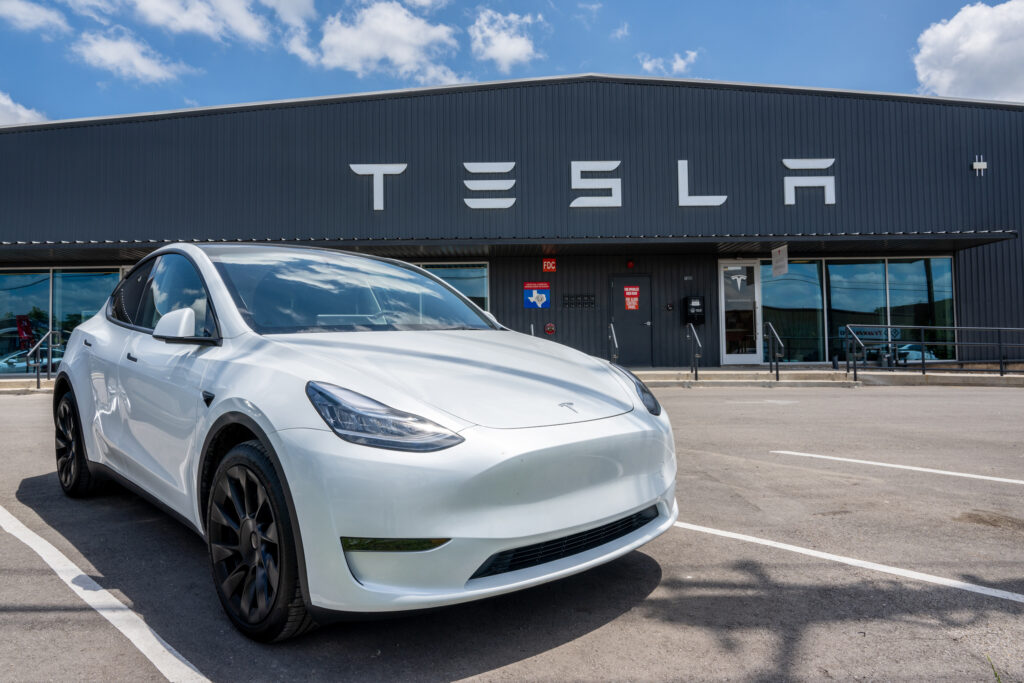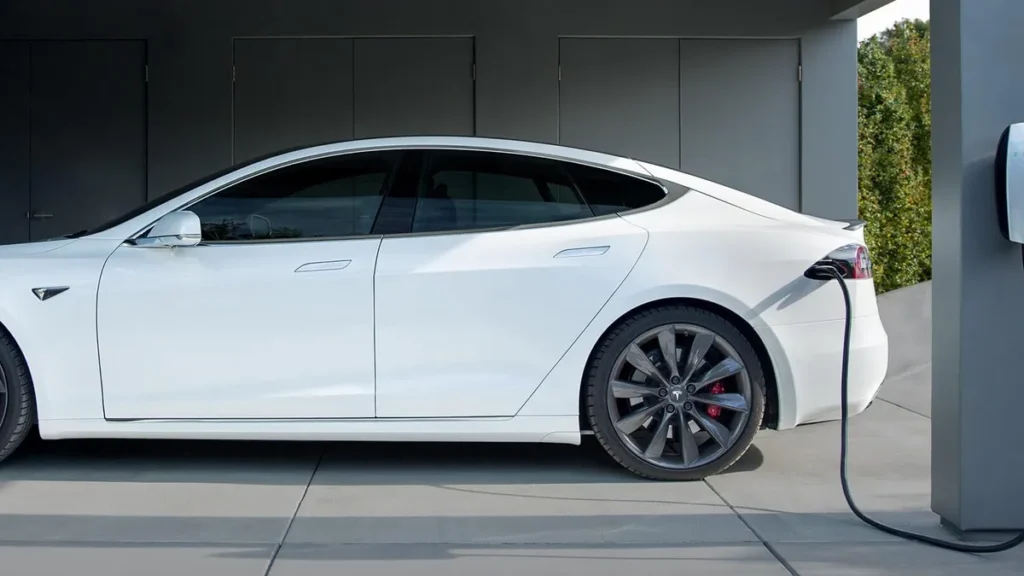
Charging a Tesla vehicle at home involves various factors that influence the time required for a full charge. It’s important to consider these factors to gauge the approximate duration needed for charging.
Types of Chargers:
- Level 1 Charger (120V Outlet): This is the slowest option, providing an addition of 2-3 miles of range per hour. Achieving a full charge might take between 20 to 40 hours.
- Level 2 Charger (240V Outlet): Widely used at homes, it can add up to 44 miles of range per hour. Depending on the Tesla model, a complete charge typically spans between 6 to 12 hours.
- Mobile Connector: It offers flexibility, operating with either a standard 120V outlet (adding 5-10 miles per hour) or a 240V outlet (increasing the range by 22-44 miles per hour).
Factors Affecting Charging Time:
- Tesla Model: Different Tesla models possess varied battery capacities, impacting the charging duration. Larger battery models, like the Model S, will take longer to charge compared to smaller battery models like the Model 3.
- Battery Starting Level: If your Tesla’s battery is partially charged before initiating the charging process, the time required for a full charge will be less.
- Charging Temperature: Extreme temperatures, whether hot or cold, can influence the speed at which the vehicle charges.
- Other Factors: Utilizing certain features such as climate control during the charging process can potentially slow down the charging speed.
Estimates for Charging Times:
- Level 1 Charger (120V): Full charge usually takes between 20 to 40 hours.
- Level 2 Charger (240V) with Tesla Wall Connector:
- Model S/X: Complete charge typically spans 6 to 9 hours.
- Model 3/Y: A full charge usually takes 6 to 10 hours.
- Mobile Connector:
- 120V: Estimated full charge may take 10 to 20 hours.
- 240V: Charging time for a full charge is approximately 4 to 8 hours.

Photo Credits: CNET
It’s essential to note that these are rough estimates, and actual charging times may vary. Utilizing the Tesla app or the in-car display will provide a more precise estimate tailored to your specific circumstances. Understanding these factors can help Tesla owners plan and manage their charging needs more effectively.
How Much It Costs to Charge Tesla’s Battery at Home and On the Road
Charging your Tesla can cost differently depending on where and how you charge it:
At Home:
- Charging at Home: Using electricity from your house is the cheapest. It usually costs about $5-$15 for a full charge. The cost varies based on your local electricity rates and the size of your Tesla’s battery. Bigger batteries mean more cost.
- Using Tesla Superchargers: These are quick charging stations on the road but are more expensive than home charging, about $0.25-$0.50 per kilowatt-hour (kWh). Filling a Model 3 battery at a Supercharger might cost roughly $10-$20.
While Traveling:
- Other Public Charging Stations: Costs at these stations can differ, so it’s wise to check prices before plugging in. Expect to pay anywhere from $0.15-$0.50 per kWh.
Money-Saving Tips:
- Charge at home when possible because it’s usually cheaper.
- Look for free charging spots at places like malls or workplaces.
- Think about using off-peak electricity rates if your utility provides them.
- Drive efficiently to get more miles out of your charge.
Remember, these are rough estimates, and the actual cost will change depending on your situation. You can check the Tesla app or your car’s display for the estimated charging cost in your area.
Understanding these costs helps keep your Tesla’s electric tummy happy!
Is it Safe To Charge Tesla cars At Home ?
It’s absolutely safe to charge your Tesla at home! In fact, it’s the most common and easy way to keep your Tesla’s battery full. Here’s why:
Safety Features:
- Tesla Wall Connectors: These chargers are recommended for home use. They have safety features like overload protection, grounding, and temperature monitoring to keep you safe.
- Mobile Connector: This portable charger also has safety features, including something called a ground fault circuit interrupter (GFCI) to protect against electrical shock.
- Automatic Shutdown: Both Wall Connectors and Mobile Connectors will turn off if they find any issues while charging.
More Good Things about Home Charging:
- Convenience: You can charge your Tesla overnight while you sleep, so it’s always ready when you wake up.
- Saves Money: Charging at home is usually cheaper than using public charging spots.
- Reliability: You’ll always have access to your charger, unlike public spots that might be full or not available.
Tips for Safe Home Charging:
- Use the Right Charger: Make sure the charger matches your Tesla model.
- Check the Wiring: Before charging, look for any damage in the wiring.
- Don’t Overload the Outlet: Make sure the outlet can handle the charger’s power.
- Unplug When Not in Use: This prevents electrical fires.
- Keep the Charging Area Clear: Don’t keep anything that can catch fire near the charger.
By following these tips, you can safely and easily charge your Tesla at home, enjoying its convenience and cost-effectiveness.
Check More Information Here
Read More Blogs

Pingback: Vivek Ramaswamy Super Facts, His Net Worth in 2023, Presidential Campaign 2024